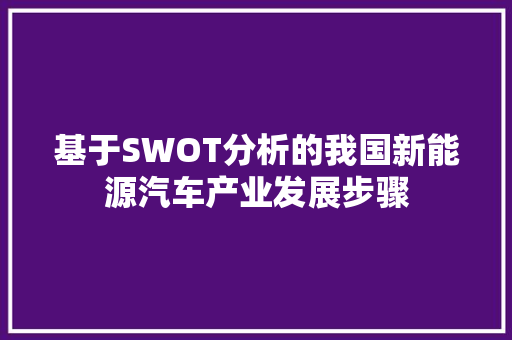In today's fast-paced world, maintaining a healthy lifestyle has become a paramount concern for individuals across the globe. The importance of nutrition cannot be overstated, as it forms the foundation of good health and well-being. To address this crucial aspect, this article presents a comprehensive plan for food nutrition projects, designed to promote healthier eating habits and enhance the overall nutritional status of communities.
Introduction to Food Nutrition Projects

Food nutrition projects are initiatives aimed at improving the quality of food consumed by individuals and communities. These projects encompass a wide range of activities, from educational programs to policy reforms, all with the common goal of fostering a healthier population. By focusing on key areas such as dietary guidelines, food labeling, and community outreach, these projects have the potential to make a significant impact on public health.
Section 1: Educational Programs
Educational programs are a cornerstone of successful food nutrition projects. By empowering individuals with knowledge about nutrition, these programs can help them make informed choices about their diets. Here are some key elements of effective educational initiatives:
1. Nutritional Workshops: Conduct workshops that cover topics such as the importance of balanced meals, reading food labels, and understanding portion sizes. These workshops can be tailored to different age groups and cultural backgrounds.
2. School-Based Nutrition Programs: Integrate nutrition education into school curricula, ensuring that students develop a strong foundation in food and nutrition from a young age.
3. Community Outreach: Engage with local communities through community centers, parks, and other public spaces to provide practical tips on healthy eating and cooking.
Section 2: Policy Reforms
Policy reforms play a critical role in shaping the food landscape and influencing consumer behavior. Here are some policy areas that can be targeted:
1. Food Labeling Regulations: Implement clear and standardized food labeling regulations to help consumers make healthier choices. For instance, the European Union's Nutritional Labeling Directive (NLD) is an excellent model that can be adapted to other regions.
2. Sustainable Agriculture Policies: Encourage sustainable agricultural practices that prioritize the health of the soil, water, and air, thereby ensuring a steady supply of nutritious food.
3. Taxation and Subsidies: Use taxation and subsidies to encourage the consumption of healthy foods and discourage the consumption of processed and high-fat foods.
Section 3: Research and Innovation
Continuous research and innovation are vital for the advancement of food nutrition projects. Here are some areas where research can make a significant impact:
1. Nutritional Science: Invest in research to uncover the latest findings in nutritional science, which can inform dietary guidelines and policy reforms.
2. Food Technology: Develop innovative food technologies that enhance the nutritional value of traditional foods or create new, healthier food options.
3. Community-Based Research: Collaborate with local communities to conduct research that addresses their specific nutritional needs and challenges.
Conclusion
In conclusion, food nutrition projects are a powerful tool for improving the health and well-being of individuals and communities. By focusing on educational programs, policy reforms, and research and innovation, these projects can create a ripple effect that benefits society as a whole. As the saying goes, \









